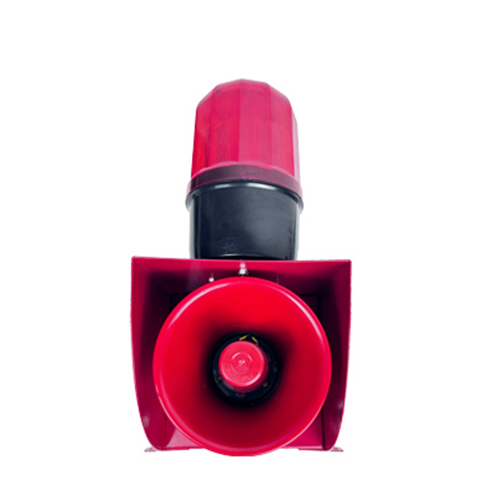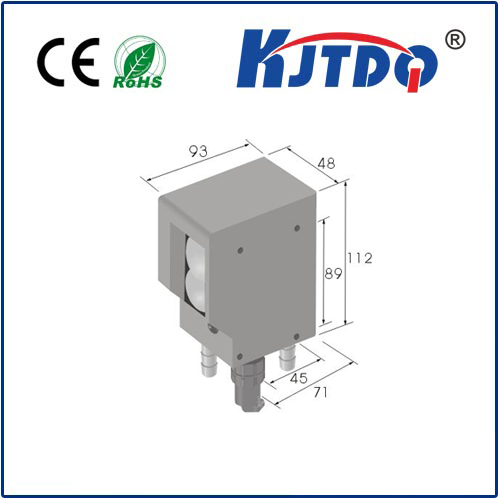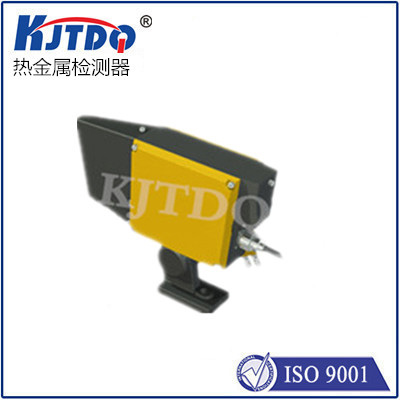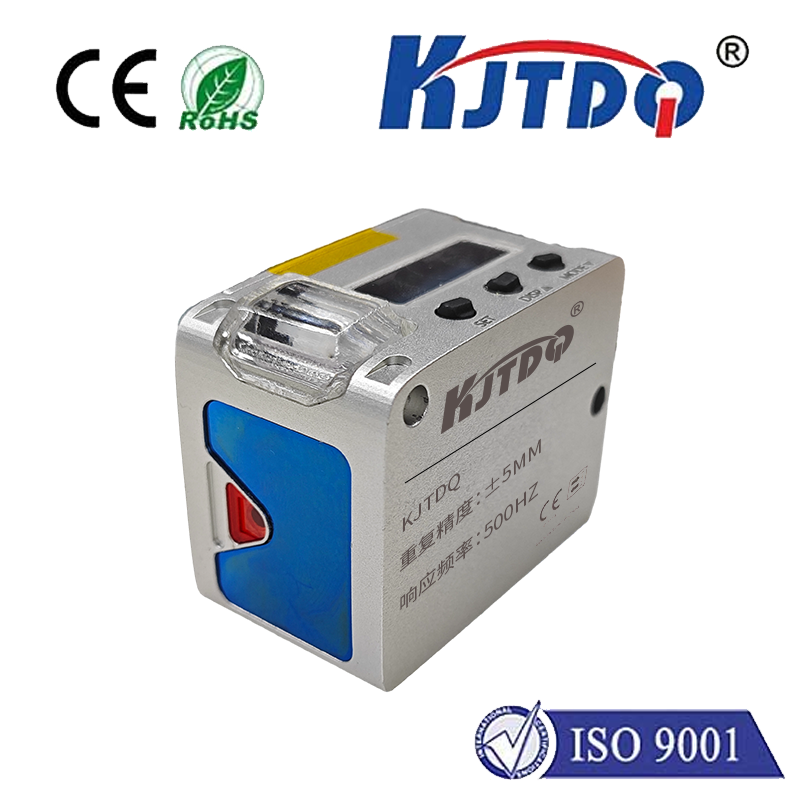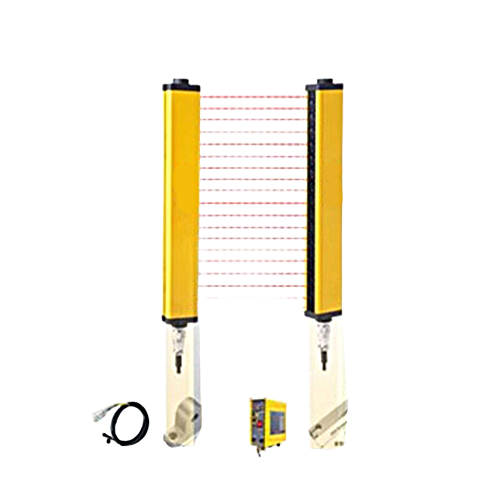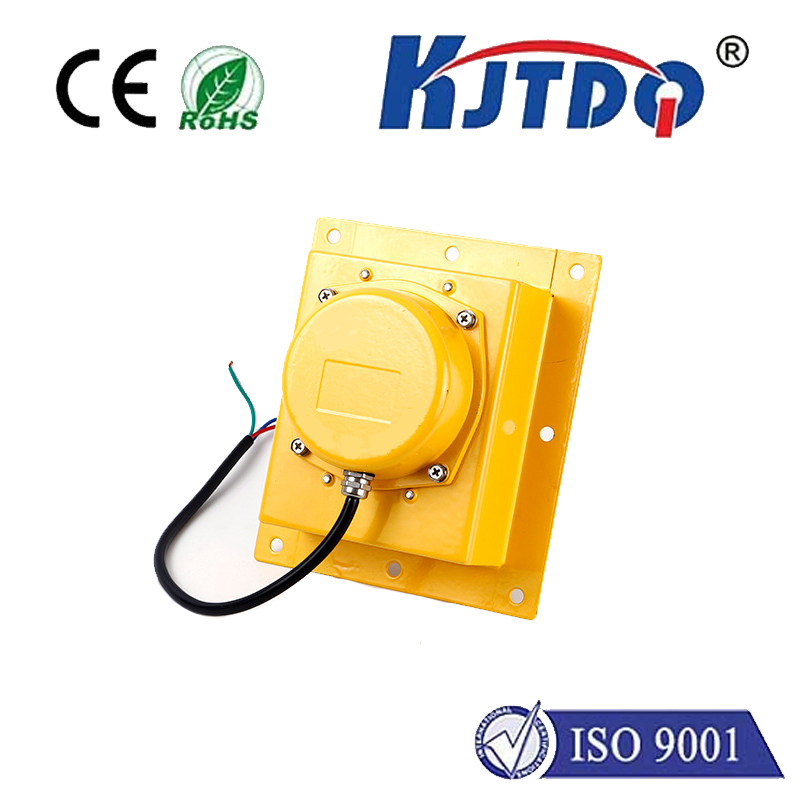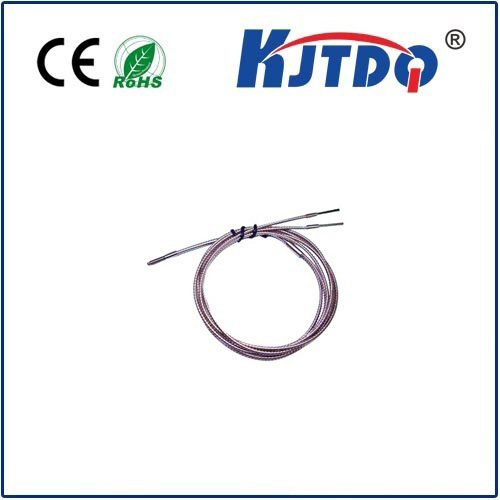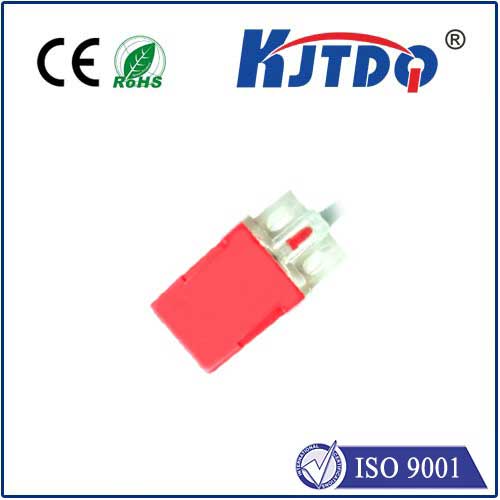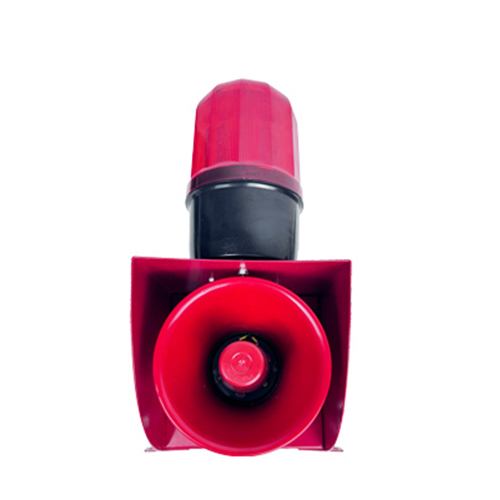BES03HM proximity sensor
- time:2025-10-14 04:52:06
- Click:0
Demystifying the BES03HM Proximity Sensor: Precision Detection for Industrial Automation
Imagine a high-speed assembly line where robotic arms swiftly handle metal components. How does the system know exactly where each part is positioned without physical contact, ensuring flawless operation every millisecond? Often, the unseen hero enabling this precision is a proximity sensor like the BES03HM. This compact yet robust device plays a pivotal role in countless industrial settings, offering reliable non-contact detection crucial for modern automation.
Understanding the Core: Inductive Proximity Sensors
At its heart, the BES03HM is an inductive proximity sensor. It operates on a fundamental electromagnetic principle. The sensor contains an internal oscillator circuit that generates a high-frequency electromagnetic field radiating from its sensing face. When a metallic target (typically iron, steel, aluminum, brass, etc.) enters this active field, it induces tiny electrical currents (Eddy currents) within the target material. These Eddy currents draw energy from the sensor’s oscillator, causing a measurable drop in its oscillation amplitude. Sophisticated circuitry within the BES03HM detects this change and triggers an output signal.
This mechanism offers significant advantages:

- Non-Contact Operation: No physical wear between sensor and target, ensuring extremely long operational life.
- High Reliability & Speed: Capable of detecting targets at high speeds with consistent accuracy, unaffected by surface conditions like dust, oil, or moisture (within specific limits).
- Robust Construction: Typically housed in rugged materials like nickel-plated brass or stainless steel, making them suitable for demanding industrial environments.
Why the BES03HM Stands Out
While many inductive sensors share a common operating principle, the BES03HM proximity sensor incorporates specific design and performance characteristics that make it a preferred choice:
- Embedded Flush Mounting Capability: A key feature is its ability to be mounted flush with a metal bracket or surface. Standard inductive sensors usually require a small “non-metallic zone” around them to function correctly. Flush-mountable sensors like the BES03HM eliminate this requirement, allowing for easier installation in tight spaces or directly within machinery frames without compromising performance. This significantly enhances installation flexibility and mechanical protection.
- Compact Form Factor: The BES03HM is renowned for its compact size. This small footprint is invaluable in space-constrained applications or where multiple sensors need to be positioned closely together on machinery or fixtures.
- Reliable Sensing Performance: It delivers consistent and reliable detection within its specified sensing range. While the exact range depends on the specific variant (e.g., BES03HM08 vs. BES03HM12, indicating likely 8mm or 12mm sensing distances), it provides sufficient reach for typical positioning and presence detection tasks in automation.
- Rugged Environmental Rating: These sensors typically boast a high IP (Ingress Protection) rating, such as IP67. This signifies excellent resistance to dust ingress and protection against temporary immersion in water up to 1 meter deep. This resilience makes them suitable for washdown areas, outdoor equipment, or dusty factory floors.
- Common Switching Outputs: The BES03HM usually features either NPN (sinking) or PNP (sourcing) transistor outputs. These solid-state outputs are fast, reliable, and directly compatible with most Programmable Logic Controllers (PLCs) and industrial control systems. The choice between NPN and PNP depends on the specific control voltage and wiring configuration required by the application.
- LED Status Indicator: An integrated LED provides clear visual indication of the sensor’s operational status (power and switching state), simplifying installation, troubleshooting, and maintenance.
Technical Specifications at a Glance
While exact specifications should always be confirmed via the manufacturer’s datasheet for the precise variant, typical characteristics associated with the BES03HM proximity sensor include:
- Operating Principle: Inductive
- Sensing Distance: Commonly available in ranges like 8mm (e.g., BES03HM08) or 12mm (e.g., BES03HM12). Always verify the specific model.
- Output Configuration: Typically NPN Normally Open (NO), NPN Normally Closed (NC), PNP NO, or PNP NC.
- Supply Voltage: Usually operates within a standard range, such as 10-30V DC.
- Output Current: Sufficient for driving PLC inputs (e.g., 200mA max).
- Switching Frequency: High switching speed, often in the range of hundreds of Hz (e.g., 500Hz), enabling detection of fast-moving objects.
- Housing Material: Often Nickel-plated brass or stainless steel.
- Degree of Protection: Typically IP67.
- Connection: Frequently utilizes 2m PVC cables or M8/M12 connectors for easy integration.
Diverse Industrial Applications
The BES03HM proximity sensor’s blend of compact size, flush mounting capability, robustness, and reliable performance makes it incredibly versatile. Key application areas include:
- Position Sensing: Detecting the presence or absence of pistons in cylinders, verifying end-of-travel positions for slides and gantries, or confirming the closed/open status of clamps and doors.
- Object Detection & Counting: Identifying metal parts on conveyors for counting or sorting, detecting pallets or carriers entering workstations, or sensing the presence of tools.
- Machine Safety: Used as part of interlocking systems (e.g., confirming guards are in place before machine start) or monitoring critical machine positions.
- Process Control: Monitoring fill levels (when attached to metal floats), detecting rotation via metal targets on shafts, or controlling flow based on valve position.
- Automated Assembly & Robotics: Providing precise feedback on component positioning for robotic arms or automated assembly cells.
Selecting the Right BES03HM for Your Needs
When specifying the BES03HM proximity sensor, consider these crucial factors:
- Required Sensing Distance: Choose the appropriate variant (e.g., 8mm or 12mm) based on the distance between the sensor face and the target in your application.
- Target Material: While inductive sensors detect most metals, sensitivity varies (higher for ferrous metals like steel, lower for non-ferrous like aluminum or brass). Ensure the sensor’s range is suitable for the specific target material.
- Output Type (NPN/PNP) and Configuration (NO/NC): Select the output type (NPN or PNP) compatible with your control system’s input card. Choose Normally Open (output switches ON when target detected) or Normally Closed (output switches OFF when target detected) based on the required logic.
- Electrical Connection: Decide between a pre-wired cable (specify length needed) or a connector version (like M8 or M12) for easier connection/disconnection.
- Environmental Conditions: While IP67 is robust, verify suitability for extreme temperatures, chemicals, heavy impact, or continuous immersion if applicable. Consider stainless steel housing for harsher environments.
- Mounting: Leverage the flush mount capability where space is tight or protection is needed, but ensure the mounting surface is non-metallic if not explicitly stated otherwise for that specific sensor variant.
From bustling automotive assembly lines to intricate packaging machinery, precise object detection is paramount. The BES03HM proximity sensor, with its compact form, reliable inductive operation, and crucial flush mounting ability, provides an indispensable solution for engineers seeking robust performance in tight spaces. Its IP67 protection, fast switching speed, and compatibility with industry-standard control systems make it a dependable workhorse for countless applications demanding accurate, non-contact metal detection. When the task calls for






